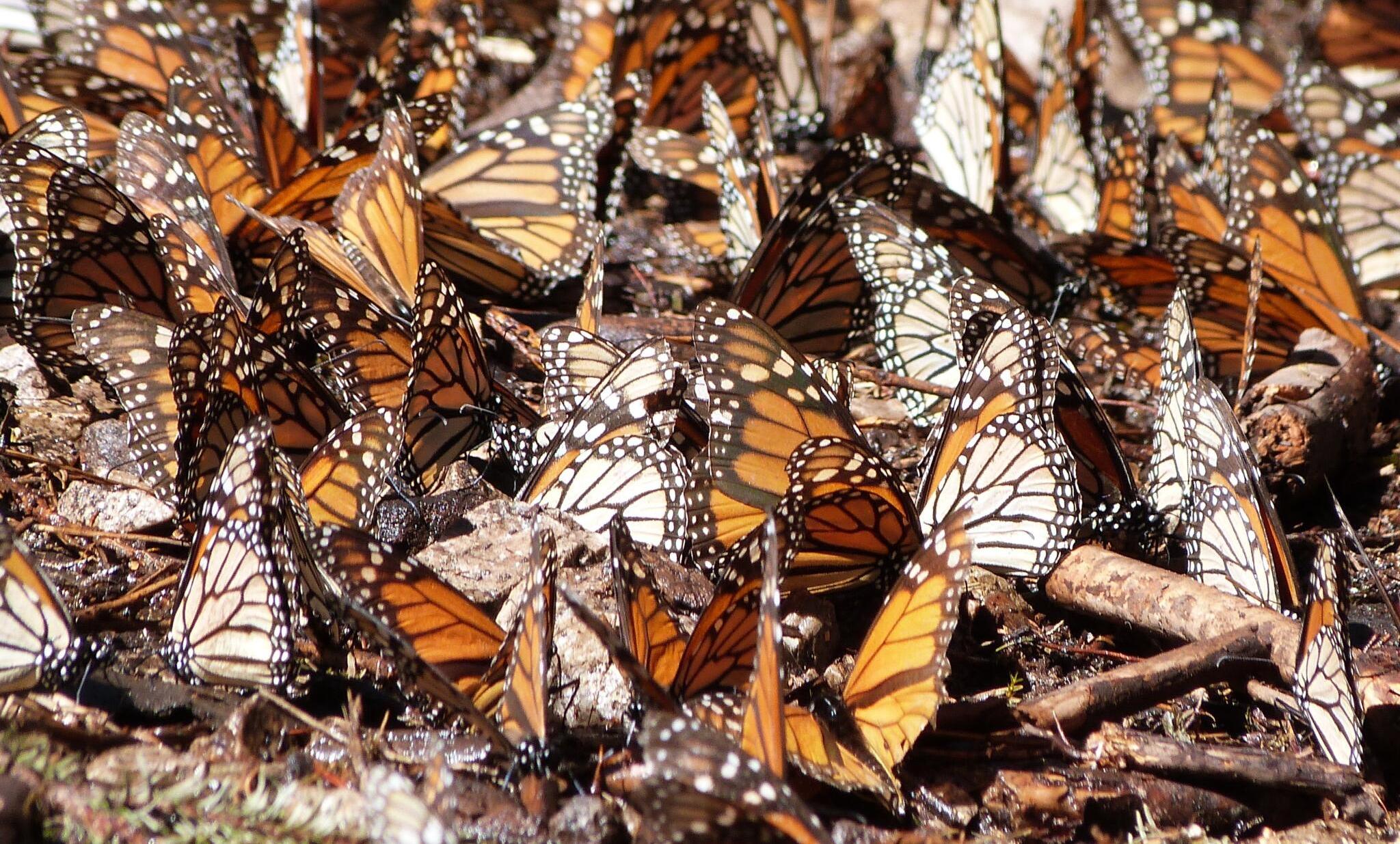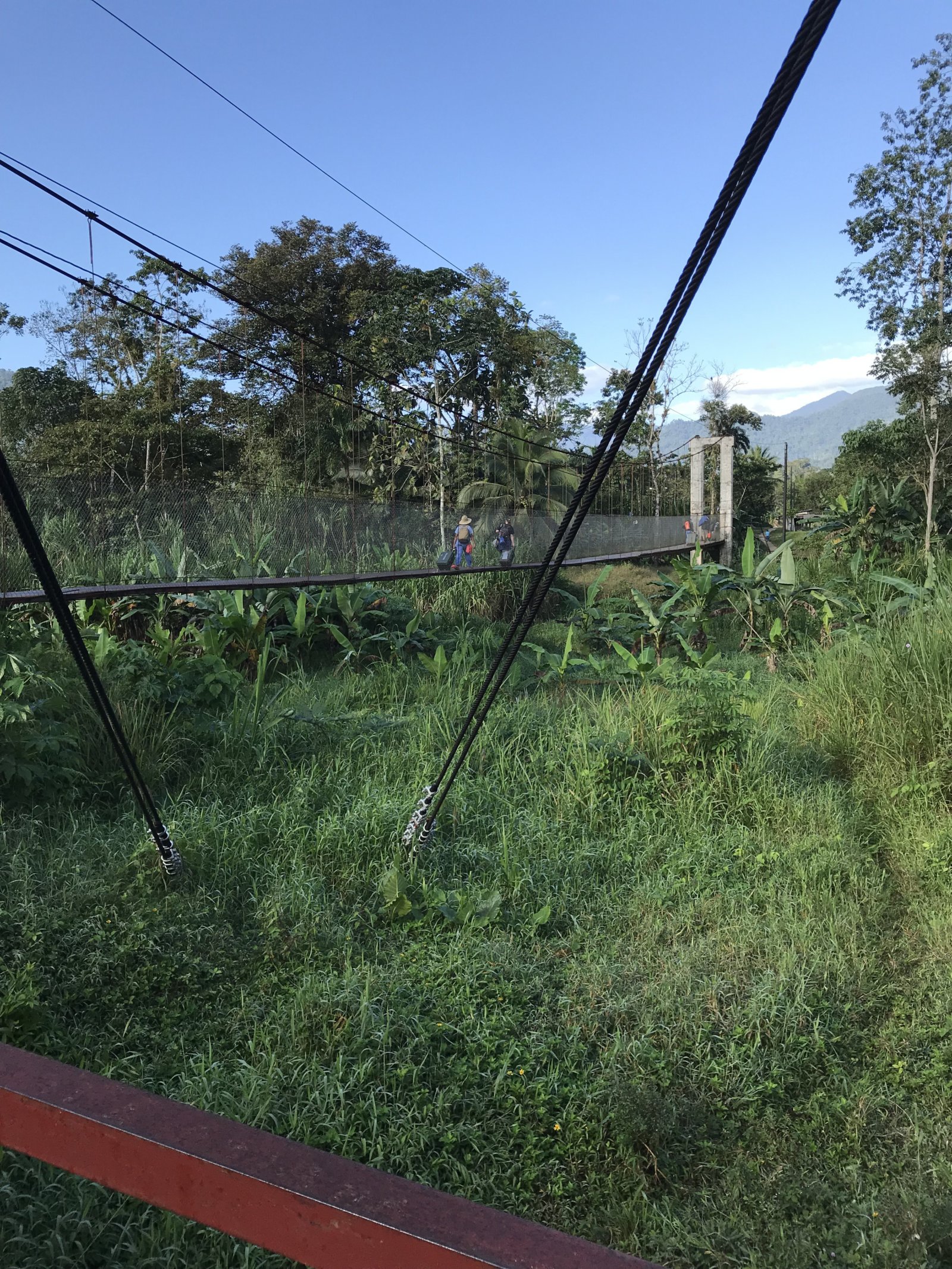In summer 2019, I conquered my fear of heights, with a little help from my 10-year-old daughter. Because when your daughter asks, “Mom, can we please go ziplining?” you just do not say no. Here’s why a mother–daughter adventure is great for both of you.
Outdoor Adventures Build Confidence
When journalist Claire Shipman and Katty Kay, anchor of BBC World News America, investigated what confidence looks like for girls today, their findings were dismal: between ages 8 and 14, girls’ confidence levels drop by a whopping 30%. Outdoor adventures offer the perfect opportunity to teach our girls that confidence—and utter joy—can be found when we challenge ourselves with new feats.
With this in mind, I traded our usual relaxing, poolside summer vacation for an action-packed adventure with my daughter. We journeyed to the mountains of Colorado and it was there I found myself among the peaks of Aspen Snowmass, at the base of a 90ft tower at the Canopy Run Zipline at the Lost Forest.
“One of the most important things we can do as parents of daughters,” Shipman said, “is to help them get ‘comfortable being uncomfortable’.” As girls enter puberty, they tend to become more cautious; meanwhile, boys get a big boost of testosterone, a hormone that encourages risk-taking.
Outdoor Adventures Strengthen the Mother–Daughter Bond
Outdoor outfitters REI conducted a national study on Women and the Outdoors and the results showed that while 85% of all women surveyed believe the outdoors positively affects mental health, physical health, happiness, and overall well-being, 63% were unable to identify an outdoor female role model.
“Mammals learn through imitation, and that certainly applies to humans too—perhaps uniquely so when it comes to mothers and daughters,” explains MD and Relationship Expert Alexandra Stockwell. “It’s essential for girls to experience their mothers taking risks, having adventures, and revealing aspects of themselves that are usually dormant in day-to-day life. This deepens the connection between mothers and daughters, through making special memories. It also inspires girls because, when they see their mothers using physical strength and emotional resilience in outdoor adventures, they realize that they too are capable of a lot more than they realized!”
Back in Aspen, standing 90ft in the air and knowing all of these things, I swallowed my fears and strapped on my harness. “I’m a little scared,” I said, “and I’ve never done this before. But I’m going to give it my best shot.” Minutes later, I found myself rappelling from tower to tower, crossing aerial rope bridges, and conquering the nation’s only diagonal rappel, with my daughter by my side.
Did I feel as if I was going to have a heart attack?
Yes.
Did my daughter absolutely relish having her mom by her side up among the trees?
Unequivocally, yes.
Outdoor Adventures Help Girls Learn to Take Risks and to Fail
Shipman explains how important risk-taking can be: “You build confidence by taking risks and struggling and failing, and eventually mastering something,” she said. “You need to be taking action to build confidence. But the system we’ve all set up is one that creates this army of young girl perfectionists. From preschool through college, it’s all about sitting still, coloring within the lines, doing more than expected, trying to please the teacher. So they don’t take risks, fail, mess up.”
At one point on our journey, my daughter attempted to climb to the top of a 54ft in-hotel climbing wall, but just couldn’t quite make it to the very top after, oh, 30 or so attempts. I was so proud of her. I reminded her that she not only improved her climbing skills, but she also established a goal to shoot for the next time we encounter a tall climbing wall.
Failure can be humiliating, humbling, and just plain frustrating, but that doesn’t mean we shouldn’t try. When I fell into a stream while attempting to cross it via a fallen log while hiking to Rainbow Lake, losing my eyeglasses in the process, I was able to show my daughter that sometimes you just need to dust (or dry!) yourself off, find the funny in your foibles, and move onward and upward.
Outdoor Adventures Conquer Nature-Deficit Disorder
There are many ways in which this generation’s childhood is different from that of the last generation, but one of the biggest contrasts is the degree to which it is being spent plugged-in—and out of touch—with the natural world.
Girls are even less likely to engage with the great outdoors: a report conducted by the Girl Scout Research Institute concluded girls are 16% less likely to be taken outside by their parents to play than boys.
I thought about this as I planned our Colorado adventure. I took my daughter so she would be unplugged, outdoors, and learning new things hands-on. Together we learned the ins and outs of horse care in Granby; we learned about the history of mining while panning for gold in Breckenridge; we learned about the hardships endured by early area pioneers while strolling the outdoor Historic Park and Museum in Frisco, and we learned just how cold a high-altitude lake can be while kayaking the Dillon Reservoir.
In his 2008 book, Last Child in the Woods, Richard Louv, the author who coined the term “nature-deficit disorder”, concluded that “direct exposure to nature is essential for healthy childhood development and for the physical and emotional health of children and adults.” Even a small dose of nature offers positive, mood-altering properties, making time spent in the great outdoors an antidote for everyday stress.
My daughter loved showing off her unbridled 10-year old girl power in action every day on our adventure, and the cheek aches that we both had as a result of laughing and smiling so much were worth every minute.
Article first published October 2019, and last updated February 2020





